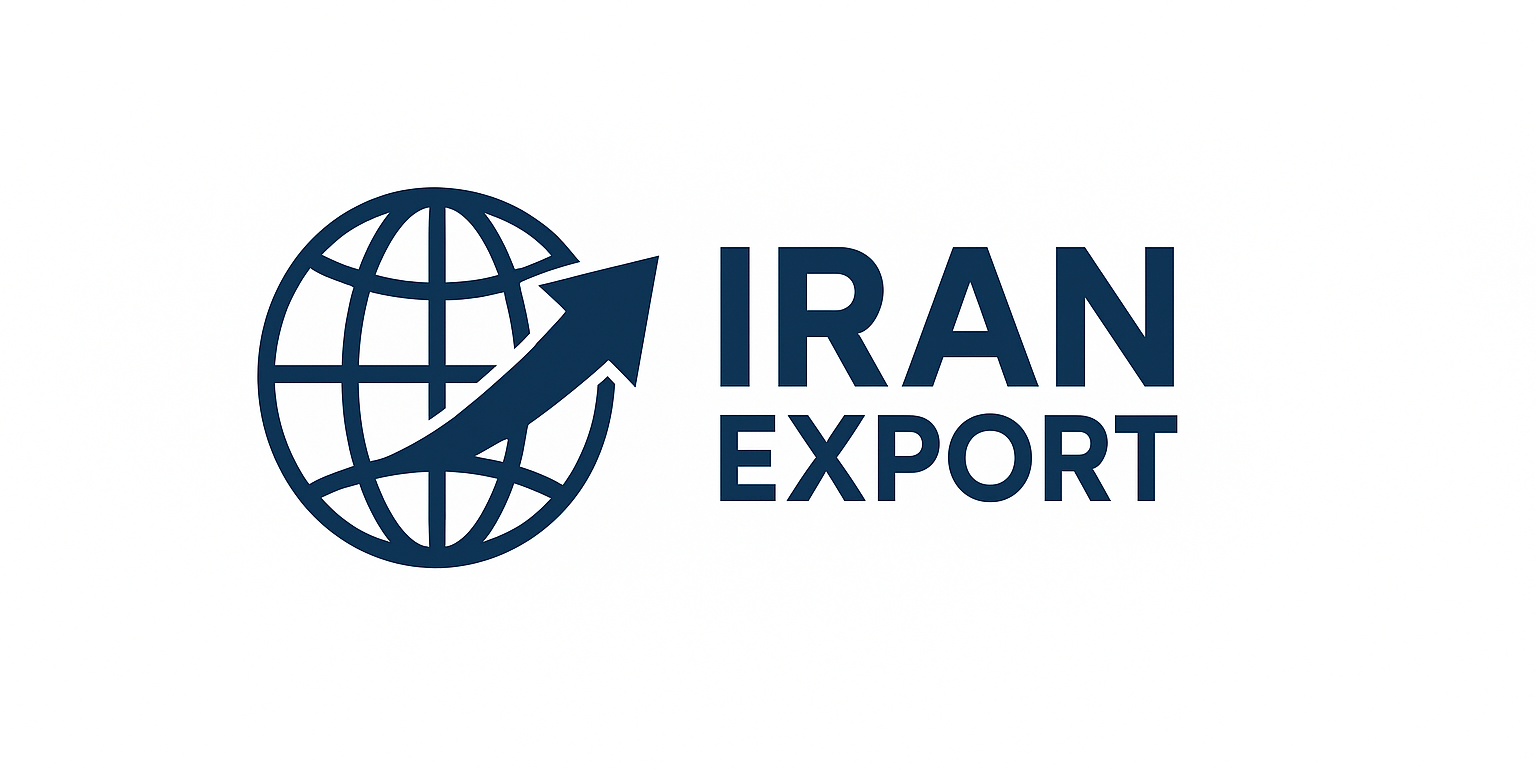Textiles and fabrics form a core component of Iran’s textile industry, produced in a wide variety of types such as cotton, polyester, wool, velvet, towel fabrics, and technical textiles. These materials serve multiple sectors including apparel, home goods, medical, automotive, and industrial applications.
Iran has substantial capabilities in spinning, weaving, dyeing, printing, and finishing processes. Many textile factories are equipped with semi-modern machinery and skilled labor. In some categories—such as cotton fabrics, velvet, and towels—Iran has reached near-export quality standards.
Textiles offer high value addition by using domestically sourced raw materials such as cotton, polyester, and yarn. The sector contributes significantly to local production, employment, and import substitution.
Iran currently exports various textile products including towels, chador fabrics, traditional textiles, and industrial fabrics to neighboring countries, Central Asia, Iraq, and Afghanistan. Competitive pricing and geographic proximity are key enablers of export performance.
Iran’s competitive advantages include access to raw materials, affordable skilled labor, a long-standing tradition in fabric production, and proximity to regional markets. Modernizing machinery, improving design and packaging, and obtaining international certifications can enhance the global competitiveness of Iran’s textile and fabric sector.
